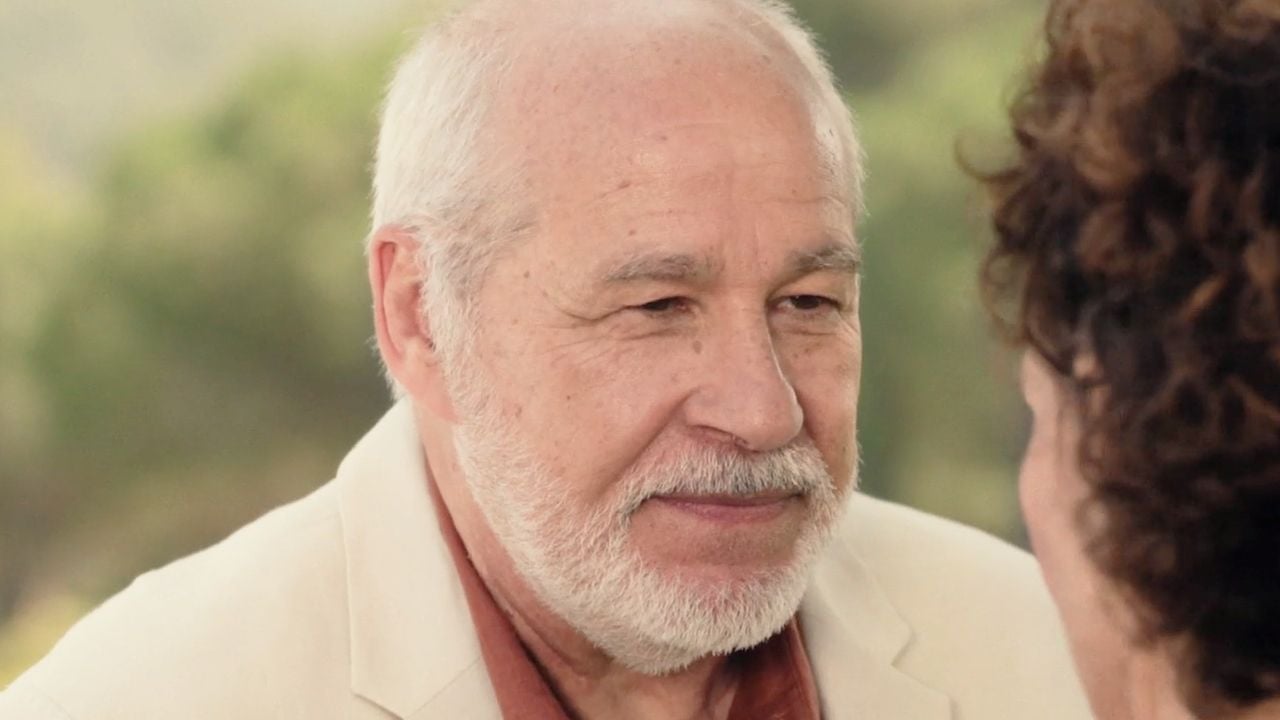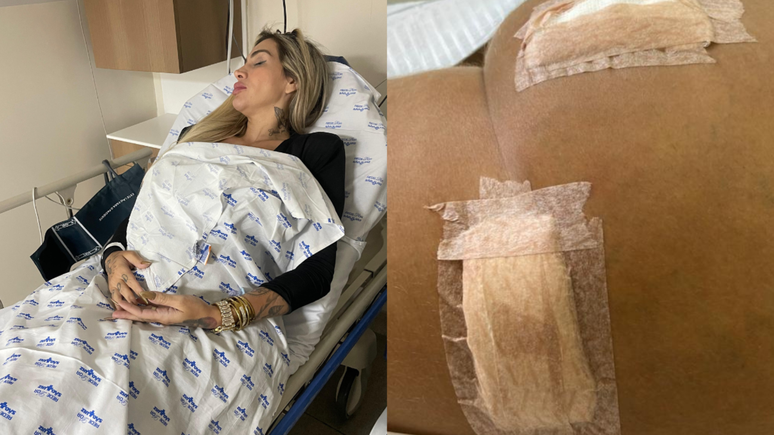The number of deaths is expected to increase by 50% over the next three decades if prevention and monitoring policies are not improved; the increase will be greater in poorer countries
The number of deaths per Cerebral vascular accident (CVA) in the world they could increase by 50% and reach almost 10 million by 2050 if monitoring and prevention actions are not improved, warns study created by the World Stroke Organization and published this Monday 9th in the scientific journal Lancet neurology.
The estimate predicts that the number of victims of the disease could increase from 6.6 million recorded in 2020 to 9.7 million in 2050, with a greater increase in low- and middle-income countries, a group of which Brazil is part. Data from 2020 indicates that 86% of deaths that year occurred in the poorest countries. Within three decades this rate is expected to reach 91%, researchers say, and deaths will be even more concentrated in these nations.
The scenario is also projected to lead to a more than 100% increase in the direct and indirect costs of stroke. It is estimated that spending on treatment and rehabilitation, added to the income losses caused by deceased people and those with sequelae, will rise from 891 billion dollars (4.5 trillion R$) to 2.3 trillion dollars (11, R$8 trillion) between 2020 and 2020. 2050.
The researchers point out that stroke, which is already the second leading cause of death in the world, is increasing “alarmingly” among young and middle-aged people (under 55). Scientists also point out that the problem is still the third leading cause of disability and a leading cause of dementia.
According to the study, among the main explanations for the increase in deaths from stroke, especially in low- and middle-income countries, are the high number of cases of undiagnosed or uncontrolled hypertension, difficulty in accessing quality healthcare services, insufficient investment in the prevention of risk factors, air pollution and unhealthy lifestyles.
Furthermore, the high prevalence of acute infectious diseases that still affect poorer countries creates an overload on the healthcare system which makes it difficult to provide adequate care to patients with chronic diseases that increase the risk of stroke because the system is not always able to provide care to patients suffering from both types of diseases.
Neurologist at the Alemão Oswaldo Cruz Hospital, Leandro Gama also reminds us that, throughout the world and also in Brazil, the accelerated aging of the population also increases the risk of stroke. “The older the population, the greater the risk. As life expectancy increases, we see an increase in the number of strokes”, says the expert, who highlights that advanced age combined with the increase in risk factors risk worsens the scenario.
Main risk factors for stroke
Experts explain that approximately 80% of strokes are ischemic, characterized by obstruction of blood circulation in the cerebral arteries. The remaining 20% are hemorrhagic, when a blood vessel breaks.
Especially for ischemic stroke, there are clear risk factors that, if controlled, significantly reduce the risk of the problem:
- High pressure
- Diabetes
- High cholesterol
- Obesity
- Unhealthy diet
- Sedentary lifestyle
- To smoke
“The main ways to reduce the risk are rigorous control of the factors, with periodic checks to control blood pressure, diabetes; avoiding smoking and a sedentary lifestyle, and here the theme of physical activity comes into play, which is one of the main ways to prevent stroke, both aerobics and weight training,” says Gama.
In the study, the experts also highlight the need for public policies divided into four pillars: monitoring, prevention, urgent and emergency care and rehabilitation for patients with sequelae.
In the field of prevention, in addition to recommendations for self-care and raising individual awareness of risk factors, researchers underline the importance of government measures to curb the increase in risk factors. Among these is increased taxation of unhealthy food products, such as salt, alcohol, sugary drinks, trans fats, etc.
“One of the most common problems in implementing recommendations for stroke prevention and treatment is the lack of funding. […] Such taxation would not only reduce the consumption of these products – and therefore lead to a reduction in stroke and other major non-communicable diseases – but would also generate sufficient revenue to fund programs and services to prevent stroke and other serious diseases,” he said. Valery L. Feigin, professor at Auckland University of Technology, New Zealand, and co-chair of the study’s committee, said in a press release.
In Brazil, according to data from the Ministry of Health available on the Datasus portal, the number of deaths from stroke reached 106,900 last year, with an increase of 6% compared to the 100,200 deaths recorded ten years earlier, in 2012.
Signs and symptoms of stroke
According to the Brazilian Stroke Society, the main signs and symptoms of a stroke, which require immediate help, are:
- Weakness or tingling in the face, arm, or leg, especially on one side of the body
- “Crooked mouth” when speaking
- Mental confusion, impaired speech, or “slurred speech”
- Changes in vision, with blurred or double vision, in one or both eyes
- Sudden change in balance or coordination/dizziness or unsteadiness when walking
- Very severe and sudden headache, with no history of previous pain
If you identify the symptoms indicated above, seek a hospital immediately because rapid intervention is essential to save the patient and avoid sequelae.
In case of ischemic stroke, the most common treatment is reperfusion which, with the use of anticoagulant drugs or catheterization, can dissolve the clot formed in the cerebral vessels, normalizing circulation and preventing the death of neuronal cells. The chances of success, however, are greater when the operation is carried out within four hours of the onset of the problem.
Source: Terra
Ben Stock is a lifestyle journalist and author at Gossipify. He writes about topics such as health, wellness, travel, food and home decor. He provides practical advice and inspiration to improve well-being, keeps readers up to date with latest lifestyle news and trends, known for his engaging writing style, in-depth analysis and unique perspectives.








